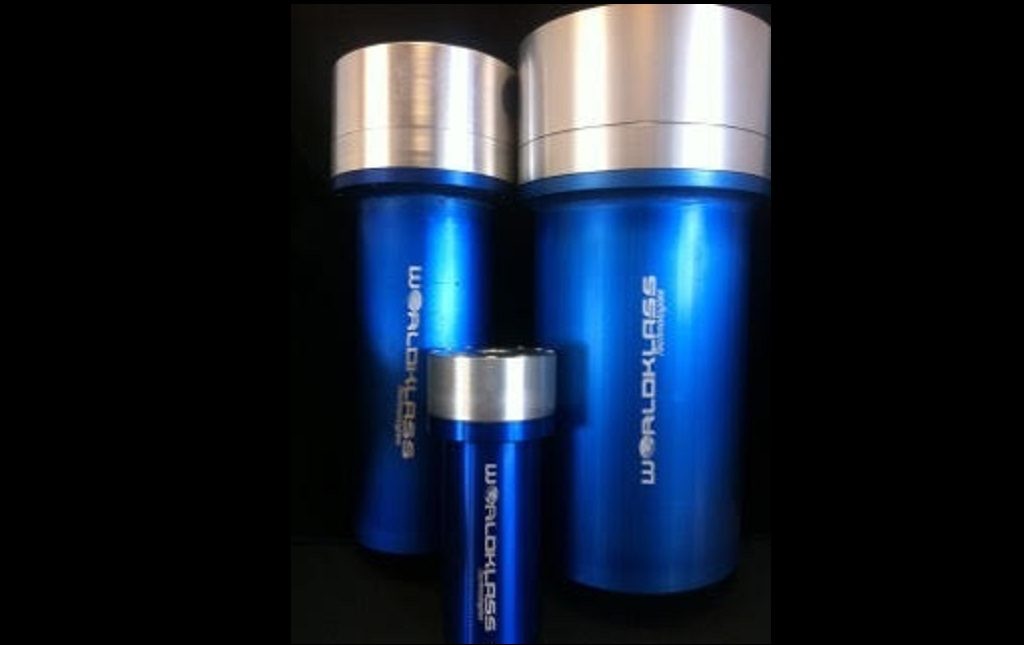OUR TECHNOLOGY
The WorldKlass Infrared Fuel Excitation System (“WK Technology”) is a patented, proprietary technology which improves fuel economy and reduces emissions in hydrocarbon-fueled, internal combustion engines. WK Technology reduces fuel consumption, by 6-14% depending on the application platform and limits exhaust emissions. WK Technology reduces carbon monoxide and hydrocarbon emissions by 38-40%, as well as, causing a complete organic change in the composition of the particulate matter. CO2 emissions are reduced in approximately the same percentage range as fuel savings plus or minus .5%, resulting in lower operating costs for fuel, and lower maintenance costs based on extended DPF (diesel particulate filter) life, extended crankcase oil change cycles, and other reduced maintenance requirements. WK Technology is protected by several patents, which are shown in greater detail in “Patents” herein.
The genius of the WK Technology is that it uses ceramics to emit Far Infrared light without utilizing a power source (hence, no parasitic load). Generic infrared uses silicon oxide as the major component. The WK Technology was created by adding transition metal oxide (rare earth elements) to create the most favorable light emission range, which is considerably more powerful than the generic ranges of infrared. The ceramics are positioned in a canister (WK Canister”) to facilitate treating the fuel in real world time. The canisters are engineered to accommodate the fuel flow of each specific engine platform as the Technology is based on a mass versus volume equation.
